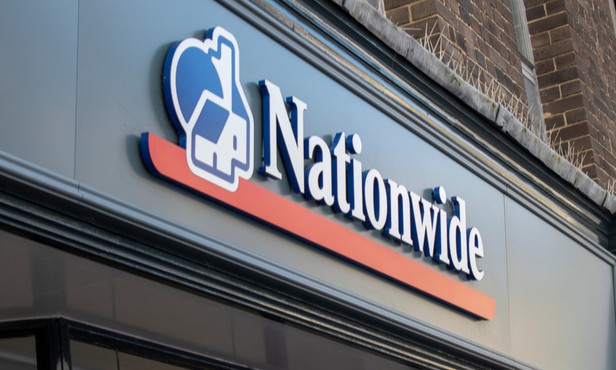There is a 1.7% house price premium for an owner-occupier property with an Energy Performance Certificate (EPC) rating of A or B, compared to a D-rated home.

There is a 1.7% house price premium for an owner-occupier property with an Energy Performance Certificate (EPC) rating of A or B, compared to a D-rated home, according to data collected by Nationwide.
Properties rated F or G attracted a 3.5% discount compared to a similar D-rated property.
There was found to be little difference between properties rated C or E and those rated D.
Nationwide found that newly built properties typically had a higher EPC rating, with 94% rated C or above.
However, between 25% and 50% of these properties' carbon footprint relates to their construction.
Three in 10 (31%) of properties owned outright by owner-occupiers were rated A to C, compared to 42% of those owned with a mortgage, with a further 18% of homes owned outright being rated from E to G, compared with 9% of those subject to a mortgage.
Andrew Harvey, senior economist at Nationwide, said: “Decarbonising and adapting the UK’s housing stock is critical if the UK is to meet its 2050 emissions targets, especially given that the housing stock accounts for around 15% of the UK’s total carbon emissions.
“With this in mind, we used our house price data to explore the extent to which owner occupiers pay a premium or discount for a home due to its energy performance rating.
"To do this, we included energy efficiency ratings from [EPCs] alongside the usual property characteristics data we use in our House Price Index.
"This allowed us to control for other factors that can influence the value of a house or flat and isolate the impact of energy efficiency ratings alone."
He added: “Government analysis based on the latest English Housing Survey suggests that if all eligible energy improvement measures defined in the EPC methodology were to be installed in the current stock of dwellings, 98% would be rated A to C, with just 2% in band D or lower.
“Installing all the recommended energy improvement measures in homes currently rated F or G would result in an average saving of around £1,780 per year.
"However, the installation cost for such measures is also high at an estimated £25,800, meaning a payback period of around 14 years.
“The government’s current aspiration is to upgrade as many homes as possible to band C by 2035.
"The average cost to improve a property to an energy efficiency of band C is c£8,100, though the cost is considerably higher for properties rated F or G.
“However, the pace of energy efficiency improvements is relatively slow given the scale of the challenge.
"For example, insulation installation is well below the 2012 peak, the last year of the Carbon Emissions Reduction Target and Community Energy Savings Programme.
"This suggests a need for further incentives to help decarbonise homes.”



